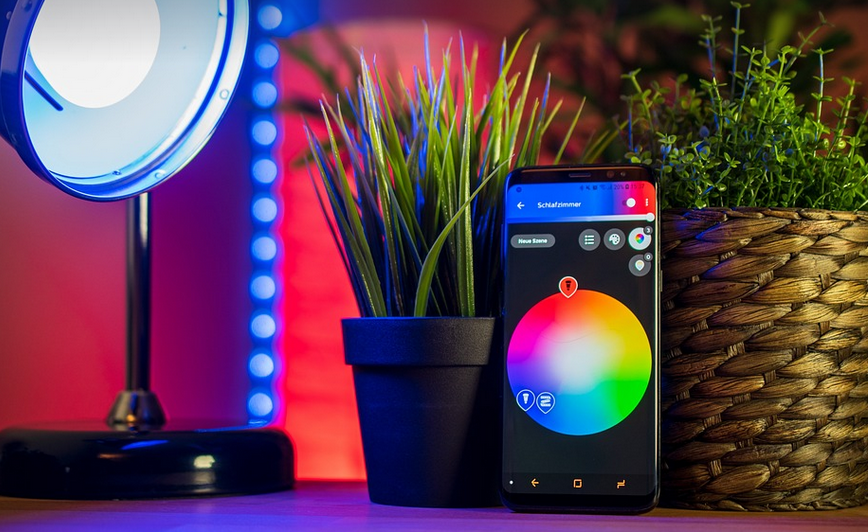
Cooper & Hunter Troubleshooting: Tips For Common Hvac Issues
Keeping Your Home Comfortable All Year Round
A well-functioning heating, ventilation, and air conditioning (HVAC) system is crucial for staying comfortable throughout the year. But when issues crop up, it can be a real pain. Whether you’re dealing with a cold room in winter or unbearably hot temperatures in summer, knowing how to troubleshoot some common problems can save you time and money.
One of the most important things to remember is that troubleshooting your HVAC system requires patience and attention to detail. It involves observing the symptoms, understanding the underlying mechanics, and then applying solutions based on these insights. While professional help from a qualified technician is always recommended for complex issues, there are some basic steps you can take to figure out what’s going wrong with your Cooper or Hunter system.
First things first, identify the specific issue you’re facing. Do you hear strange noises? Is your HVAC unit not producing enough heat or cool air? Are fans running but offering insufficient airflow? Keep a close eye on these symptoms as they can help pinpoint the problem area and guide your troubleshooting efforts.
Let’s dive into some common HVAC issues, along with tips for addressing them. Remember, the key is to be observant and systematic – diagnose the issue before diving into solutions.
Troubleshooting Common Cooper & Hunter Issues
1. No Power or Limited Functionality: The Circuit Breaker Mystery
Often, a faulty circuit breaker can cause your HVAC system to malfunction. If you’re experiencing no power at all or limited functionality, check the circuit breaker panel for any tripped breakers that might be related to your HVAC unit. If multiple circuit breakers are tripped, it could indicate an electrical problem deeper within the system, and immediate contact with a qualified electrician is important.
When you switch on the thermostat, does the fan turn on but the air doesn’t blow? This could mean a blockage in the ventilation system or a faulty coil. Another possibility is that the unit is not receiving enough power from the electrical panel due to a blown fuse. If your HVAC unit seems to be working intermittently, it could be an issue with the wiring.
2. Clogged Air Filters: The Invisible Blockers
A clogged air filter is one of the most frequent culprits behind poor airflow and reduced efficiency. Replacing your filters regularly is crucial for maintaining optimal performance. It’s recommended to check and replace them every 1-3 months, depending on the usage level and type of filter used.
When a filter gets clogged, it restricts airflow, causing strain on the system and impacting its ability to deliver adequate cooling or heating. When you use your ventilation system for the first time after replacing your filters, turn on the fan to circulate air and ensure proper clearance of debris from the unit.
3. Thermostat Trouble: The Temperature Whisperers
Your thermostat is the “brain” that regulates the temperature in your home. If it’s malfunctioning, it can lead to inconsistent temperatures or inaccurate readings. Resetting the thermostat to a default setting, ensuring it is properly connected and calibrated to the HVAC unit, often fixes minor issues.
If resetting the thermostat doesn’t fix the problem, pay attention to how well it interacts with your HVAC unit. Does the fan turn on and off correctly in response to changes in temperature? Is the thermostat displaying accurate readings?
4. Freezing or Water Damage: The Unexpected Guests
While rare, freezing or water damage can occur if there’s a leak or an issue with drainage. If you discover ice buildup around your system’s compressor or evaporator coil, it could be a sign of refrigerant leakage.
Water leaks are another reason for concern and should be addressed immediately. You might need to call in a professional to check for any potential damage caused by the leak. If water is pooling in or around the unit, there’s likely an issue with drainage, and it needs attention before the problem escalates.
5. Strange Noises: The Silent Screamers
Unusual noises coming from your HVAC system could indicate a problem. You may hear rattling sounds, grinding noises, or even banging, which can be caused by various factors like a faulty fan motor, loose screws, or debris trapped in the ductwork.
Take note of any unusual sounds and their frequency, as they often provide clues about underlying issues. If you’re uncomfortable troubleshooting these noises, contact a qualified HVAC technician for assistance immediately. They can diagnose the source of the noise, identify the cause, and suggest appropriate solutions.
6. Dirty Ductwork: The Hidden Culprits
Ductwork is responsible for circulating air throughout your home. Over time, they accumulate dust, debris, and allergens, which can negatively impact your HVAC system’s efficiency and even your health. This buildup also restricts airflow and increases strain on the system.
Cleaning or replacing ductwork when needed is essential. Regular maintenance will help keep your air fresh and improve energy efficiency. Cleaning ductwork involves removing all the debris, dirt, and dust from each section to ensure smooth airflow throughout the house. This can significantly impact the quality of your indoor air and reduce your utility bills.
Finding Your HVAC Solution
It’s important to remember that these are just some common problems. The specific troubleshooting process will vary depending on the model of your Cooper or Hunter system, but there’s a general framework for addressing any issues you may encounter.
If you’re still struggling with an issue or uncertain about how to proceed, it’s always best to check your owner’s manual or contact a qualified HVAC specialist for professional help.
By staying proactive and attentive to your system’s needs, you can enjoy the comfort of a well-functioning HVAC system year after year. Don’t hesitate to reach out if you need any advice on troubleshooting common HVAC issues.